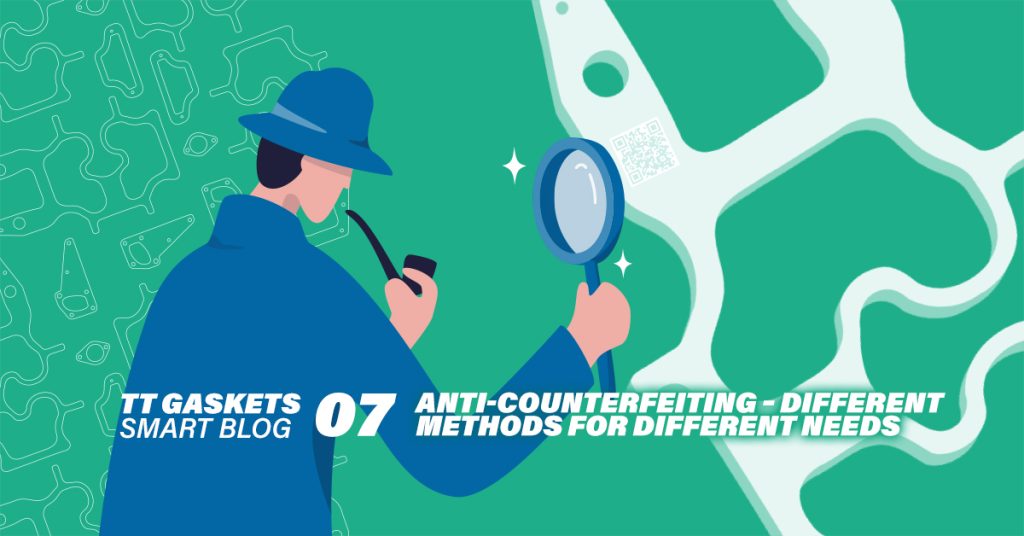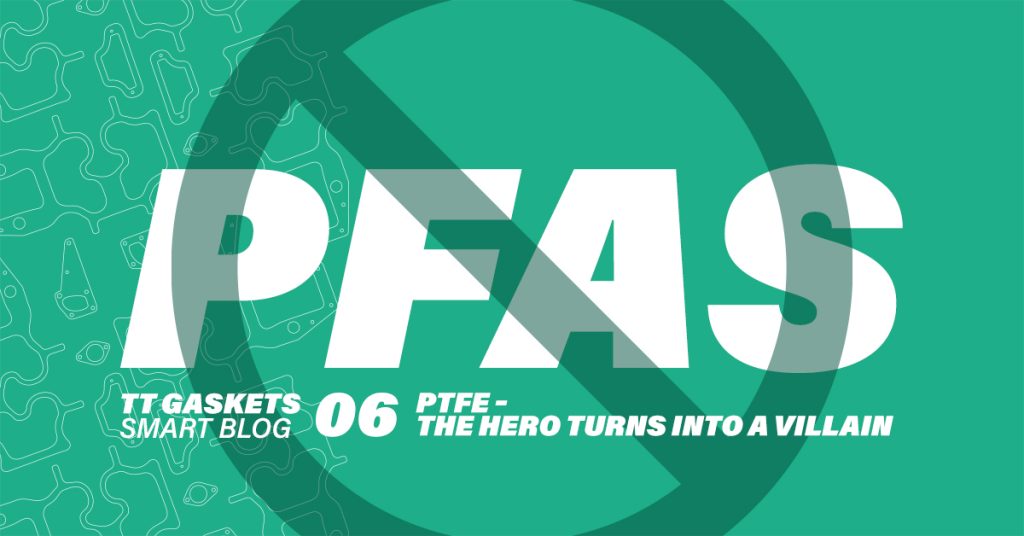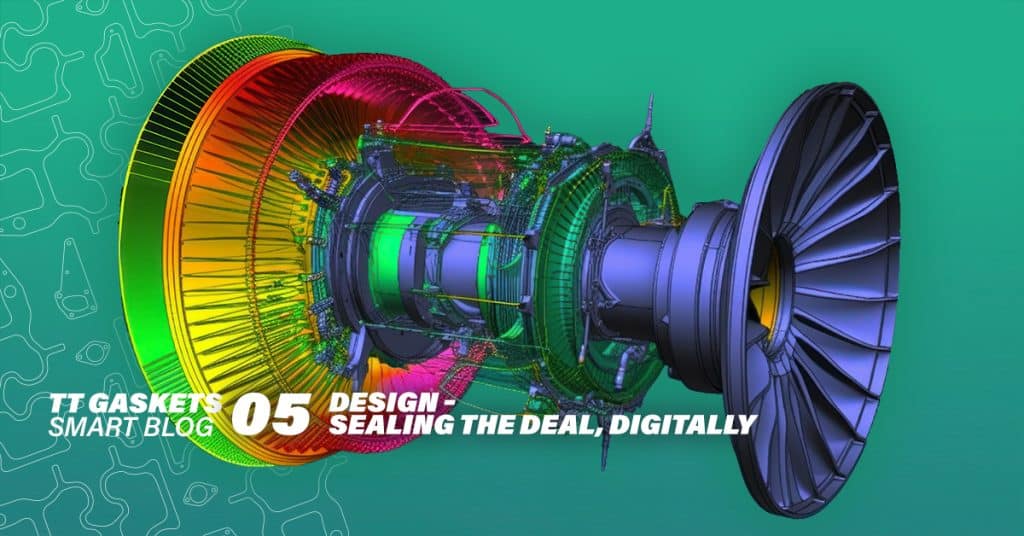Education – Shining a light on our silent knowhow
november 16, 2023

I wrote about the importance of continuous learning in January, such an important topic that it needs highlighting every so often. I had then just started my vocational qualification for R&D which I completed in the beginning of November demonstrating my will for continuous learning.
Training, long overdue
Early this autumn, we started to discuss the need for an internal gasket training program which we haven’t officially provided during the past 80 years – or at least not to our team’s knowledge reaching 25 years back. We have trained our clients and shareholders but not too many of our employees in the fascinating ways of gaskets and sealing.
This issue was crying to be fixed as soon as possible, and thus we started to gather knowledge together. The presentation deck kept on growing towards the October deadline when the first pilot training was to be arranged. We managed to put together a concise package of general knowledge about sealing and all the essential elements about the topic from our perspective.
Sealing the deal
At first, we planned the training to span two days, but after scrolling through the slides we decided to shorten it to one day and use the second day for a brief practical training session. The pilot group was carefully selected to include our shutdown team working in the field and at the office, but also neutral players from our production and back office.
Sales personnel were tactically left outside the pilot group as we knew their training will require heavier means and easily derails towards serious conversations about the competence of the lecturer.
Setting the baseline and making a difference
The lecture was preceded by a survey for mapping out the starting level of our participants (8 people). The average score (out of 16) was 9, with the lowest being 2 and the highest 15. After the lecture we repeated the survey and the average score was 14, with the lowest being 10 and the highest 16 – I guess the lectures had some impact on the participants when the average score was improved by over 50 %. And no one had a lower score after the training!
We then got our hands dirty and explored the intriguing process of flange assembly in practice. We wondered how something seemingly simple can be so difficult and why so many things can go wrong in something that at a glance looks like a trained monkey could do.
The most captivating moment was when I demonstrated the effect of impurities on gaskets and completely destroyed a graphite gasket. The installation looked flawless on the surface, but the inner structure was severely damaged by the medium.
Reaping the rewards
At the end of the session the conversation spiraled to Smart Gaskets and their potential for improving the safety and efficiency of processes and equipment. All in all, the training sessions were highly beneficial, and everyone involved learned something new, even I as the lecturer. This, in turn, led to a holistic increase in our personnel’s competence and once again gave us pride in being one of the very few industrial sealing specialists, a group that doesn’t grow in trees or in lecture halls. This great experience made us decide to arrange the next internal training in early spring, and possibly we might be brave enough to let one or two salesmen join as well.
If you and your team got interested and want to learn more about Smarter Sealing for a Safer Tomorrow, don’t hesitate to contact us. Let’s arrange a session where we can spread the gospel of sealing together for mutual benefit.


